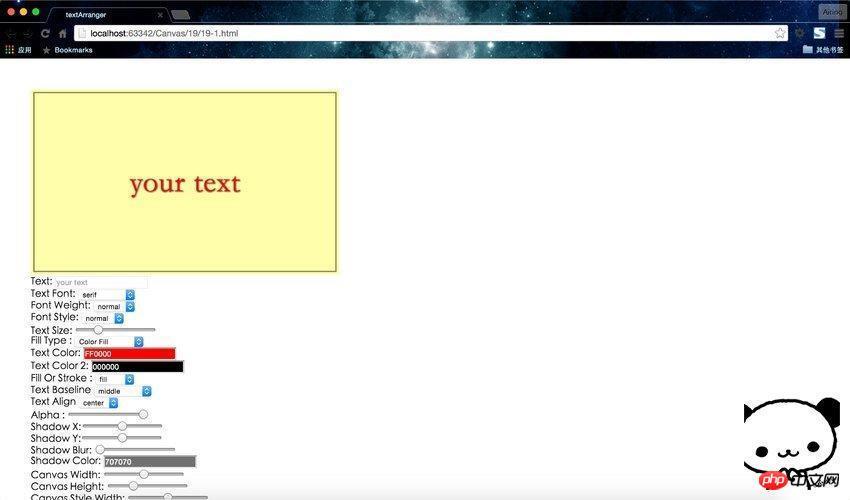
本教程操作环境:windows7系统、vue2.9版,该方法适用于所有品牌电脑。
vue跳转页面的方法
1:router-link跳转
<!-- 直接跳转 -->
<router-link to='/testDemo'>
<button>点击跳转2</button>
</router-link>
<!-- 带参数跳转 -->
<router-link :to="{path:'testDemo',query:{setid:123456}}">
<button>点击跳转1</button>
</router-link>
<router-link :to="{name:'testDemo',params:{setid:1111222}}">
<button>点击跳转3</button>
</router-link>2:this.$router.push()
<template>
<p id='test'>
<button @click='goTo()'>点击跳转4</button>
</p>
</template>
<script>
export default{
name:'test',
methods:{
goTo(){
//直接跳转
this.$router.push('/testDemo');
//带参数跳转
this.$router.push({path:'/testDemo',query:{setid:123456}});
this.$router.push({name:'testDemo',params:{setid:111222}});
}
}
}
</script>params和query传参数有什么不一样??在地址栏中可以看到,params传参数时,地址栏中看不到参数的内容,有点像ajax中的post传参,query传参数时,地址栏中可以看到传过来的参数信息,有点像ajax的个体传参
如果单独传setId一个参数的时候,地址栏中的地址如下图:

第一种方式:path - query 传参

第二种方式:name - params传参数
但是一般情况下,传参数是传递一个对象,当传递的是一个对象的时候,地址栏中的地址如下图:

第一种方式:path - query 传参

第二种方式:name - params传参数
<p id="app">
<p v-show="isShow">微风轻轻的吹来,带来了一丝丝凉意</p>
<p>
<button type="button" v-on:click="show(1)">显示</button>
<button type="button" v-on:click="show(0)">隐藏</button>
</p>
</p>
var vm = new Vue({
el: '#app',
data: {
isShow:true
},
methods:{
show:function(type){
if(type){
this.isShow = true;
}else{
this.isShow = false;
}
}
}
})更多编程相关知识,请访问:编程学习课程!!
以上就是vue.js怎么进行页面跳转?的详细内容,转载自php中文网






发表评论 取消回复